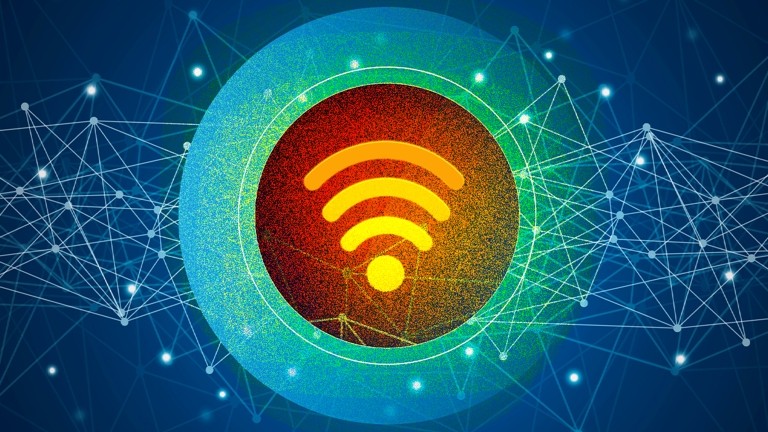
How does Wi-Fi work?
Wi-Fi - short for Wireless Fidelity - is essentially a fancy term for wireless networking. Instead of connecting devices with cables, Wi-Fi uses radio waves to transmit data wirelessly. These radio waves are picked up by devices such as smartphones, laptops, and tablets that have Wi-Fi capabilities.
How do these radio waves transmit data?
Modern devices send, receive and use data in a digital format. This means that whether you’re sending an email, a photo, or even a high definition video, the information gets simplified down to a string of ones and zeros for transmission. Those ones and zeros then recreate words or images to be seen by the receiver. So, radio waves transmitting data use modulation, whereby the Wi-Fi signal is modulated to carry the string of ones and zeros, and send them to the receiver device. This process is what allows you to browse the Internet, stream videos, and connect with people on the other side of the world without ever leaving your couch.
Now let’s talk about access points.
Access points, also known as APs, are devices that provide wireless access to a wired network. They are like bridges that connect your device to the Internet without the need for physical cables. Access points are commonly used in large buildings such as hospitals, schools, and office buildings, to provide online access for the many wireless devices we all use today, such as laptops, tablets and mobile phones. You’ve very likely got an access point built into your home Internet device too, so your TV, tablet, phones and other smart devices have wireless access from anywhere around the house.
When you connect to an access point, your device communicates with it using a protocol called the 802.11 standard. This standard defines how data is transmitted over the wireless network. When you send a request to the Internet, such as loading a website, your device breaks down the request into small packets of data, which it sends to the AP using radio waves.
Maximizing wireless AP coverage.
Access points are strategically placed throughout a building to provide optimal coverage. When you move from one area to another, your device automatically switches to the access point with the strongest signal. This ensures that you have a seamless Wi-Fi experience without any interruption in service.
How do APs secure wireless communication?
But access points do more than just provide coverage. For example, they can improve security by using encryption. Encryption is a method of scrambling data so that it’s unreadable to anyone who doesn’t have the decryption key. The most common encryption protocol used by Wi-Fi networks is WPA2 (Wi-Fi Protected Access 2). WPA2 uses a strong encryption algorithm to scramble your data, making it unreadable to anyone who doesn’t have the encryption key.
In conclusion.
Wi-Fi and access points work together to create a wireless network that allows us to connect to the Internet without the need for physical cables. Access points provide wireless access to a wired network and are strategically placed throughout a building to provide optimal coverage. They also improve security by creating separate networks for different users and by using encryption to protect your data from being intercepted by unauthorized users.
Wi-Fi and access points have revolutionized the way we connect to the Internet. With Wi-Fi, we can connect with people around the world, stream videos, and access information at our fingertips. Access points provide additional coverage and security to ensure that we have a seamless and secure Internet experience. It’s amazing how something so intangible can be so essential to our daily lives.
What does Allied Telesis offer?
Our Access Points support the latest Wi-Fi 6 standard for high-speed Wi-Fi access. Our wireless controller optimizes AP settings automatically, making implementation and ongoing management easy. We also offer partners and customers a 2-day wireless training course, to make sure you know everything necessary for designing a successful Wi-Fi network.
Related


